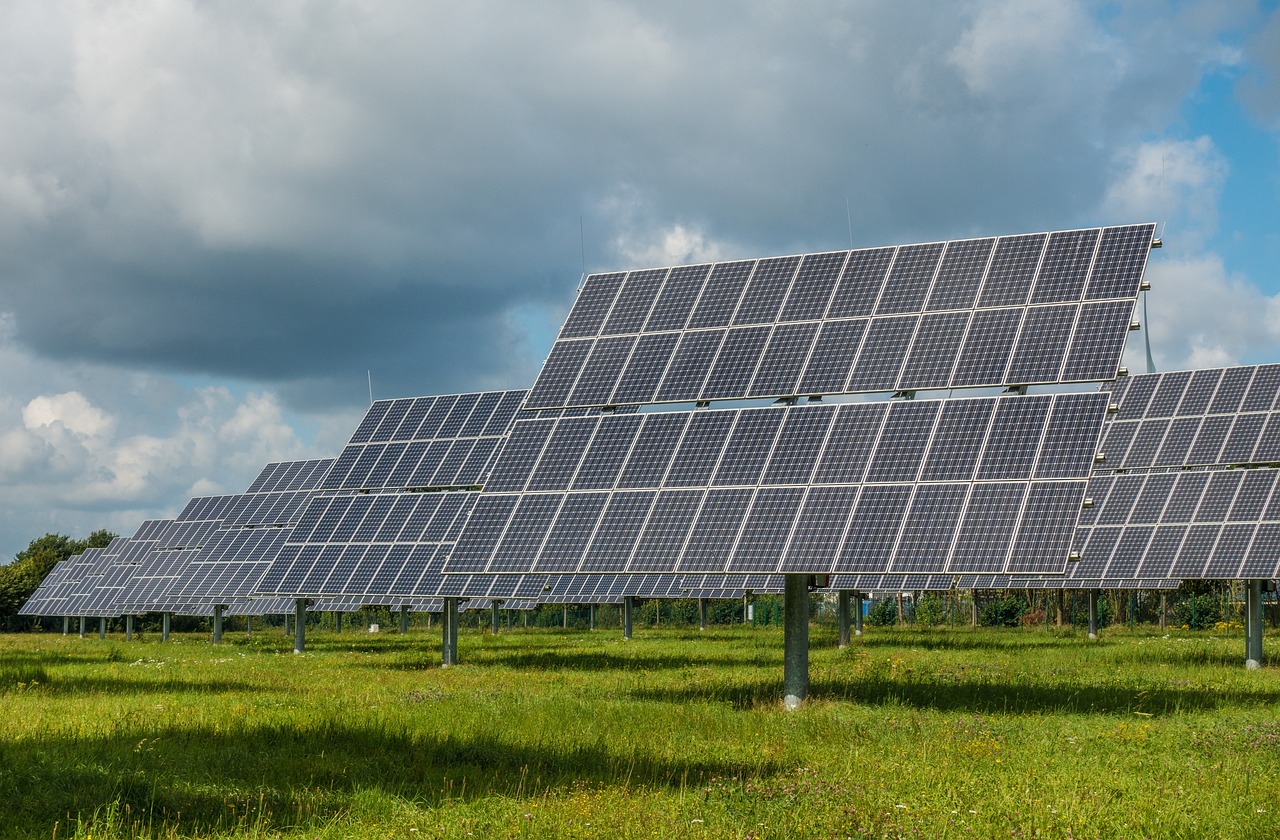In Japan, country club memberships famously went for millions of dollars in the late 1980s. Then, too many courses were built in 1990s and 2000s during a real estate boom. Now the nation faces the question of what to do with its abandoned golf courses.
Meanwhile, Japan’s energy strategy in the aftermath of Fukushima calls for roughly doubling the amount of renewable power sources in the country by 2030. It is already building solar power plants that float on water. Perhaps inevitably, then, the nation has turned to building solar plants on old golf courses.
Last week, Kyocera and its partners announced they had started construction on a 23-megawatt solar plant project located on an old golf course in the Kyoto prefecture. Scheduled to go operational in September 2017, it will generate a little over 26,000 megawatt hours per year, or enough electricity to power approximately 8,100 typical local households. The electricity will be sold to a local utility.
In late May, the company announced an even larger project that will begin construction next year in the Kagoshima prefecture on land that had been designated for a golf course more than 30 years ago but subsequently abandoned. The 92-megawatt plant will include more than 340,000 solar modules and is expected to generate nearly 100,000 megawatt hours per year, or enough to power about 30,500 households when it goes operational in 2018.
But Kyocera, also responsible for the floating solar plants, faces competition on the (former) links. Tokyo-based Pacifico Energy is building a 42-megawatt solar plant on an old golf course in the Okayama Prefecture, with help from GE Energy Financial Services. It, too, will sell electricity to a local utility when it starts operation in the second quarter of next year, if all goes to plan. And the companies are working on a 32-megawatt plant, also in Okayama, that should go live in the first quarter of next year.
Japan is not alone in pursuing the idea. In the US, golf-course operators face declining interest in the sport and many have reacted by relaxing dress codes, adding family programs, and restructuring fees. But, as in Japan, some courses will go out of business. Plans to replace them with solar plants are already under way in New York, Minnesota, and other states.





